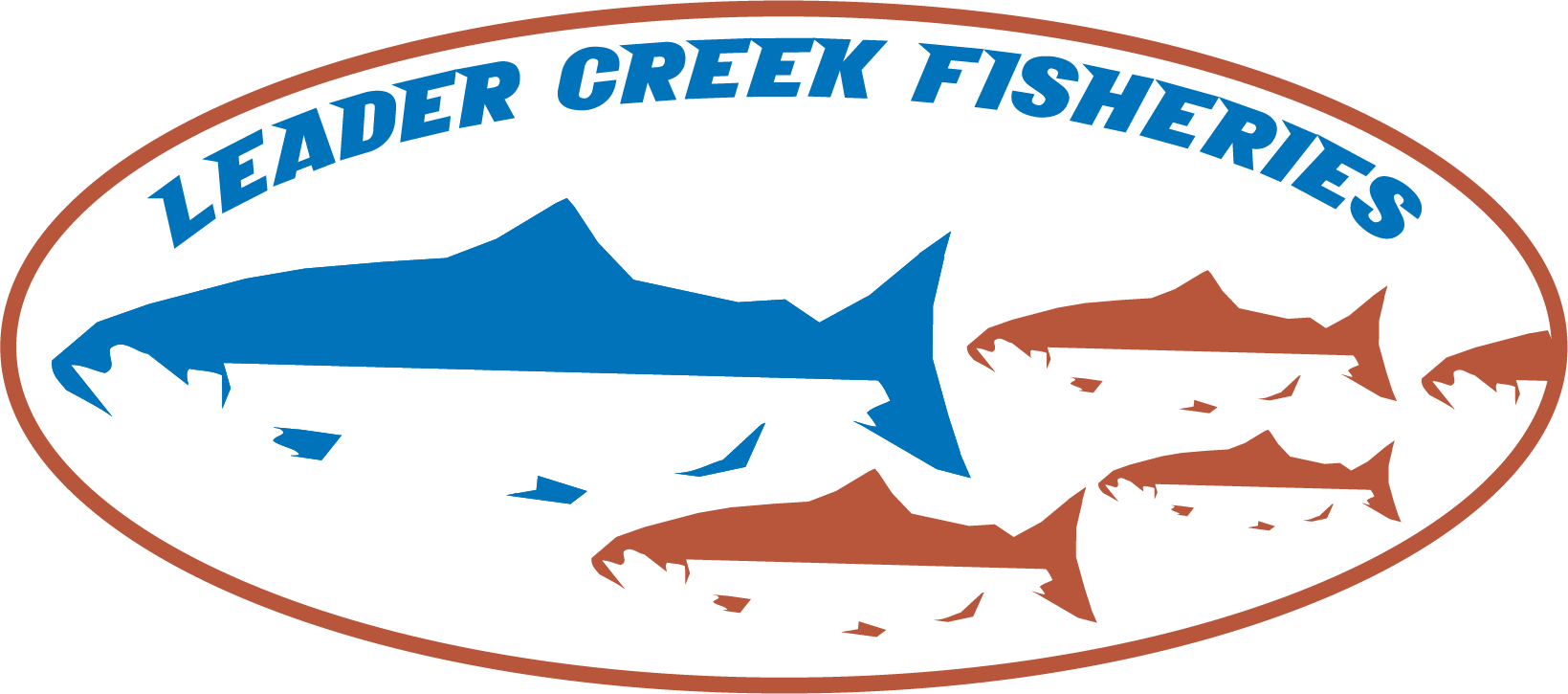Racks on Racks on Racks
Writing and Photography by Ryan Deaver
Before signing up for Leader Creek Fisheries, I had had the privilege to see and work in different food systems—mostly farms and kitchens. I hold a certain curiosity to see and experience what it takes for certain supply chains to operate. I’ve always had a love for food in many different forms, but being able to see what a “well-oiled machine” can produce is very gratifying.
Going into this opportunity, I felt pretty well-prepared (except for having enough wool socks, haha). My personal recommendation is: 2 pairs of good wool socks per day, and at least 3 pairs Bama socks.
Summer of 2020, I was a rack pusher in the packing department for the majority of the season. This means working inside the freezer, pushing racks up to about 1,000 pounds for fillet racks, to be put onto a conveyor belt to be packed in boxes weighing in at about 1 ton.
16 hours a day of this will get you gassed, so eating a lot and drinking plenty of water to maintain energy for a full shift is a must. The people I worked alongside made a world of difference. Jason was my shift partner and we would work alongside Elijah, Emerson, and César for the majority of the season—all great people with great attitudes willing to help one another out.
Before signing up with LCF, I had done some research into different fishing opportunities in Alaska. Originally, I was looking into fish processing on a ship that is contracted work for 3 months. Needless to say, if you’re considering any sort of fish processing job, Leader Creek is your best bet for a first-timer. A shorter contract, room and board covered , 3 square meals, plus snacks on-shift can’t be beat for an on-land fish processing job.
After experiencing the 2020 sockeye season at Leader Creek, I have a greater appreciation for the sockeye industry. From the contracted fishermen we got our fish from, to the dock workers pumping the fish up to the plant, to our holding wells, to the processors heading and gutting the fish, to the fillet station cutting/trimming and pulling pin bones, to the vacuum packing station, to the freezer, to getting boxed up, loaded onto trucks, and shipped to your grocery stores.
All of these have their own challenges and rhythms of working alongside everyone that make it possible to harness such a short season and last the population till the next season. The experience was very humbling, and I am grateful for being a tiny gear helping the machine run.




